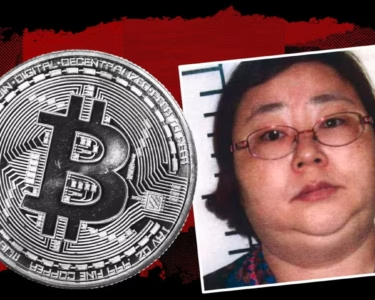On April 21, 2025, the world mourned the passing of Pope Francis, a pontiff whose legacy of humility and reform reshaped the Catholic Church. At 88, the Bishop of Rome took his last breath, and now his body lies in an open wooden coffin in the modest chapel of Casa Santa Marta, a place he called home during his papacy. This simple setting, coupled with the symbolic elements surrounding his farewell, speaks volumes about the man who sought to lead with humility until the very end.
Unlike the grandiose traditions of past papal funerals, Pope Francis’s resting place reflects his lifelong commitment to simplicity. In 2024, he revised the rites for papal funerals, opting for a single wooden coffin rather than the traditional three-layered caskets of cypress, lead, and oak. This choice underscores his desire to be remembered as a humble servant of the Church, not a figure of opulence.
The Casa Santa Marta chapel, a small space within the Vatican’s residential building, further emphasizes this ethos. Built in 1996, the chapel is adorned with triangular designs symbolizing the Holy Trinity, a subtle reminder of the spiritual foundation that guided Francis’s leadership.
Above the coffin, a Latin inscription on the ceiling reads, “Come Holy Spirit, fill the hearts of your faithful.” This prayerful message captures the essence of Francis’s papacy, which often focused on invoking the Holy Spirit to renew the Church and its followers. The chapel’s minimalist design, with its clean lines and unadorned walls, mirrors the Pope’s preference for substance over spectacle.
Even in death, he remains dressed in red robes, a rosary in hand, and a simple silver ring on his finger—a ring he often wore instead of the ceremonial Fisherman’s Ring, which symbolized papal authority but felt too extravagant for his taste.
Cardinal Kevin Farrell, the Vatican’s chamberlain, presides over this somber moment, tasked with certifying the Pope’s death and overseeing the transition until a new pope is elected. In a break from tradition, Farrell will destroy the Fisherman’s Ring to prevent its misuse, a duty that marks the end of Francis’s reign. Members of the Swiss Guard, who have protected popes since 1506, stand vigil over the body, their colorful uniforms a stark contrast to the chapel’s simplicity.
On Wednesday morning, Pope Francis’s body will be moved in a procession to St. Peter’s Basilica, where mourners will pay their respects before his funeral on Saturday. This final journey from Casa Santa Marta to the grandeur of the Basilica encapsulates the duality of Francis’s life: a man who bridged the gap between the Church’s ancient traditions and its modern calling to serve the poor and marginalized. As the world watches, Pope Francis’s farewell reminds us that true greatness lies not in pomp, but in the quiet dignity of a life devoted to faith and service.







